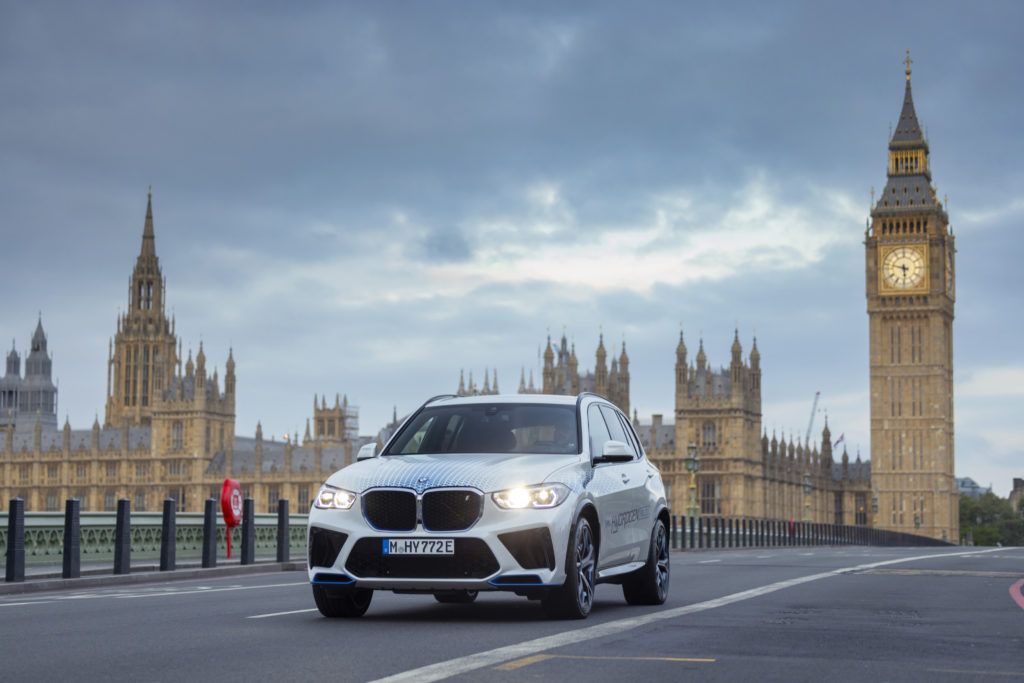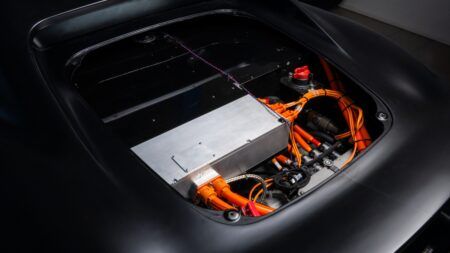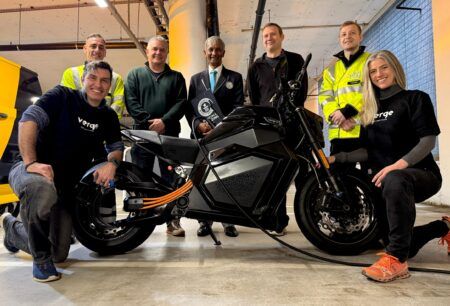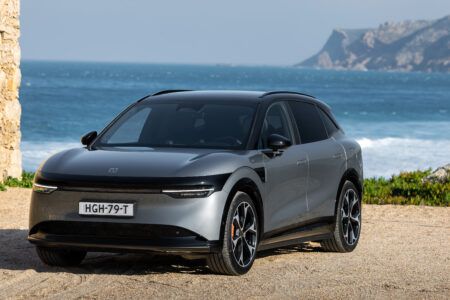After four years of development work, the BMW iX5 Hydrogen vehicle and its development project are entering its critical next phase as the first vehicles enter a pilot fleet of under 100 vehicles. The fleet is being deployed internationally for demonstration and trial purposes. This active driving experience will be the first chance for people not involved in the development process to experience real-world use which will deliver valuable knowledge, paving the way for potential series production.
The BMW iX5 Hydrogen developed on the basis of the current BMW X5 was first unveiled as a concept at the IAA show in 2019. Initial prototypes were then made available at the IAA Mobility 2021 for visitors to experience in action as shuttle vehicles. Its hydrogen fuel cell system is further proof of the BMW Group’s leading development expertise in the field of electric drive technologies. The BMW Group is systematically pushing forward with development of hydrogen fuel cell technology as an additional option for locally emission-free individual mobility in the future.
“Hydrogen is a versatile energy source that has a key role to play in the energy transition process and therefore in climate protection,” said Oliver Zipse, Chairman of the Board of Management of BMW AG. “After all, it is one of the most efficient ways of storing and transporting renewable energies. Hydrogen is the missing piece in the jigsaw when it comes to emission-free mobility. One technology on its own will not be enough to enable climate-neutral mobility worldwide.”
The BMW Group produces the highly efficient fuel cell systems for the pilot fleet at its in-house competence centre for hydrogen in Munich. This technology is one of the core elements in the BMW iX5 Hydrogen and generates a high continuous output of 125 kW/170 hp. The hydrogen needed to supply the fuel cell is stored in two 700-bar tanks made of carbon-fibre reinforced plastic (CFRP). Together these hold almost six kilograms of hydrogen, enough to give the BMW iX5 Hydrogen a range of 504 km (313 miles) in the WLTP cycle. Filling up the hydrogen tanks only takes three to four minutes – so the BMW iX5 Hydrogen can also provide the driving pleasure for which BMW is renowned over long distances, with just a few, short stops along the way. The BMW Group views FCEV technology expressly as a potential addition to the drive technology used by battery-electric vehicles.





